It is such a great time to be in Adelaide. Adelaide Fringe brings this energy and atmosphere to the city that has been wonderful to experience. I’m back in Adelaide as I was very fortunate to have a paper accepted for a writing workshop last Friday. The workshop truly was one of the most insightful experiences that has left me excited to try and publish some of my work! Post-workshop, we’ve been attending some Fringe shows and, of course, returning to museums. MOD. was high on my list because of their new exhibition, Flex. Since I’ve already written a post on the museum overall, I’m going to focus on this particular exhibition and the different themes.

Overall
To provide some context, Flex is an exhibition that will test you and your ideas. On their website, MOD. poses the question “are limits made to be pushed? We dare you to find out.” Already, I was intrigued. The exhibition is spread across two levels and is really well spaced out. We spent an hour navigating through the space and trying (literally) every single activity. The level of interaction is fantastic. Almost every room has something you can interact with and explore. I’ll cover some examples later. The other highlight is how this exhibition tests your stance on select ethical issues and encourages you to question it in light of new or conflicting information. I’ve selected a few themes from the exhibition to focus on. These were the themes that stood out to me for one reason or another.
Bodification
For obvious reasons, this was my favourite theme of the exhibition. Bodification asks audiences to consider how our bodies could be repaired and enhanced in the future. Each display case in the room poses a question relating to the contents inside the case. For example, what if you could engineer your body? Inside this case are three organs, each enhanced by the addition of various animal parts. A part of a leech in the saliva gland to recognise and prevent strokes. A part of an electric eel to recognise and shock heart attacks. Finally, a part of a rattlesnake to release excess mucus in those living with cystic fibrosis. It’s pretty incredible to see and think how our bodies could be better engineered. But, where does this kind of engineering and ethics meet?

The second display case I explored poses the question, what if your ability to repair had no limits? There are so many objects to consider in this case including spray on skin and artificial blood. The room left me thinking deeply about our human desire to keep living and the lengths we will go to when it comes to prolonging human life. Not just human life, but a quality of life we have deemed “good”.

Pushing Perception
This is one of the most interactive themes in the exhibition. According to the thematic panel, this section is all about pushing limits and realising that decisions we make are calculated. What happens if we change our perception of risk? The first activity is all about micromorts, or units measuring risk defined as a one-in-a-million chance of death. Along both long edges of a case are handles you can pull up to see the rating of a few different activities. Vaginal birth has a micromort rating of 120 (high). Working any job for a year has a micromort rating of 6. Just to give you two examples.




After lifting every handle in the case, we walked over to these bright white chairs with a screen inviting us to take a seat. Here, perceptions of pain are measured and tested. Once you have taken a seat, you place your hand on a sensor and begin the experiment. At each stage, you rate your pain. I didn’t mind the hot and cold rods, but I hated the electrical currents. Throughout the experiment, there are distractions and placebos in place to change your perception of the pain. Very cool idea and I can confidently say I’ve never been exposed to this kind of pain before in an exhibition!

The last thing I want to talk about for this theme are these little 3D printed balls. These are printed perceptions of pain experienced by young adults. It is a visual representation of how they feel their pain and can be used to communicate this level to others. Really thought-provoking idea.


Canopy
The last theme I want to write about is titled Canopy. This is a theme all about ethics and how we make decisions as to what is right and what is wrong. The title refers to the canopy sculpture that hangs in the space. It moves as people fill out a survey on a computer in order to reflect their answers.

I spent a very long time with this survey answering a series of questions about my ethical boundaries. Some questions I could answer straight away. Others took time. However, the most interesting questions for me were the ones that I answered immediately but then changed my answer the more I considered what it was asking.
Before leaving this space I filled out one of the activity cards to add to the wall. You can either leave an answer or a question. I asked – in this day and age, how do we define what is human? Additionally, how important is it to have that definition?
Logistical Information
There is, of course, so much more to explore. I thoroughly enjoyed this exhibition and how it tested my ethics as well as my understanding of technology. MOD. is located within the University of South Australia Bradley Building in the CBD. It’s open Tuesday to Saturday from 10am to 5pm. Entry is free and the museum is accessible.
Definitely a museum to add to your list if you find yourself in Adelaide!
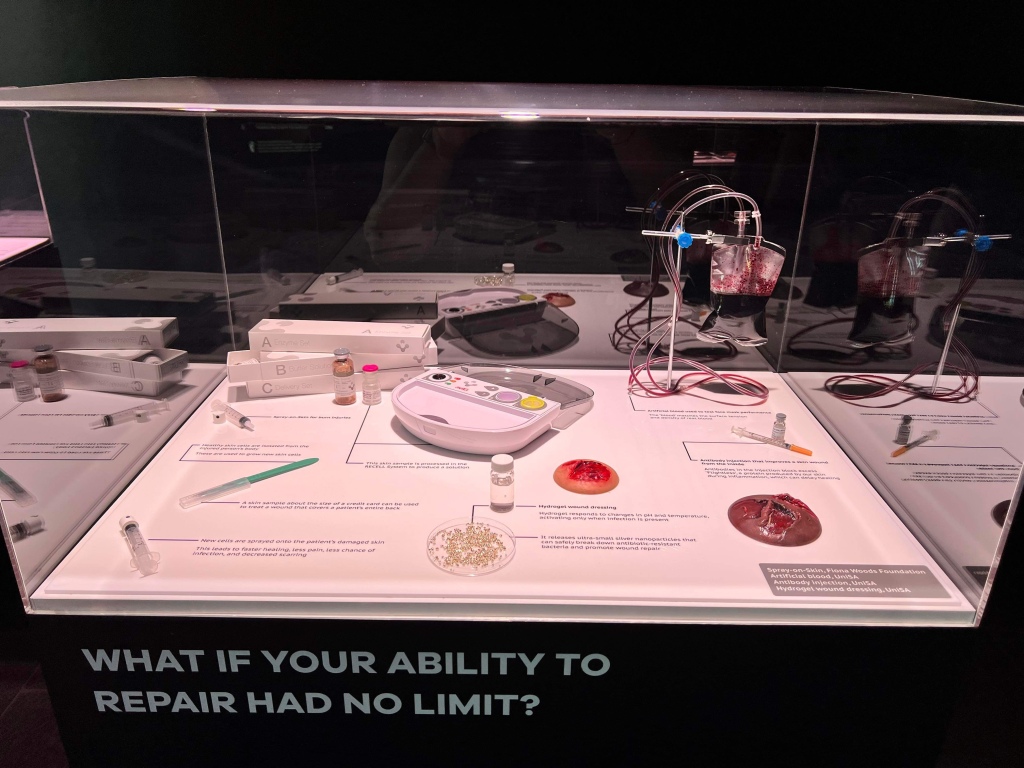

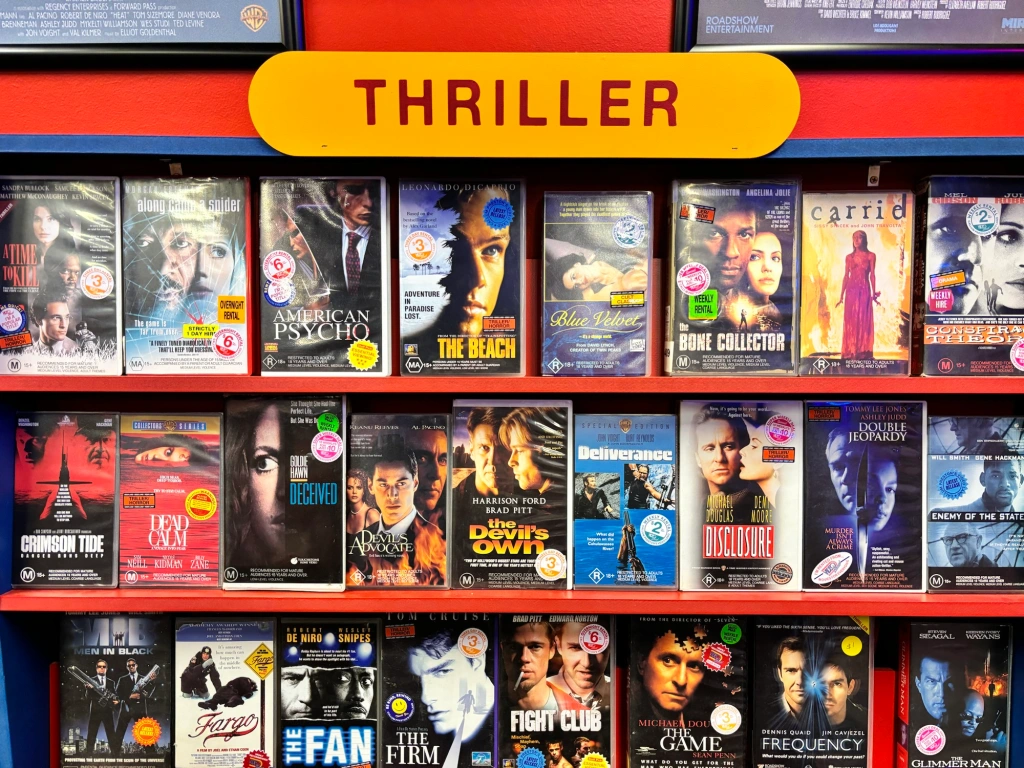
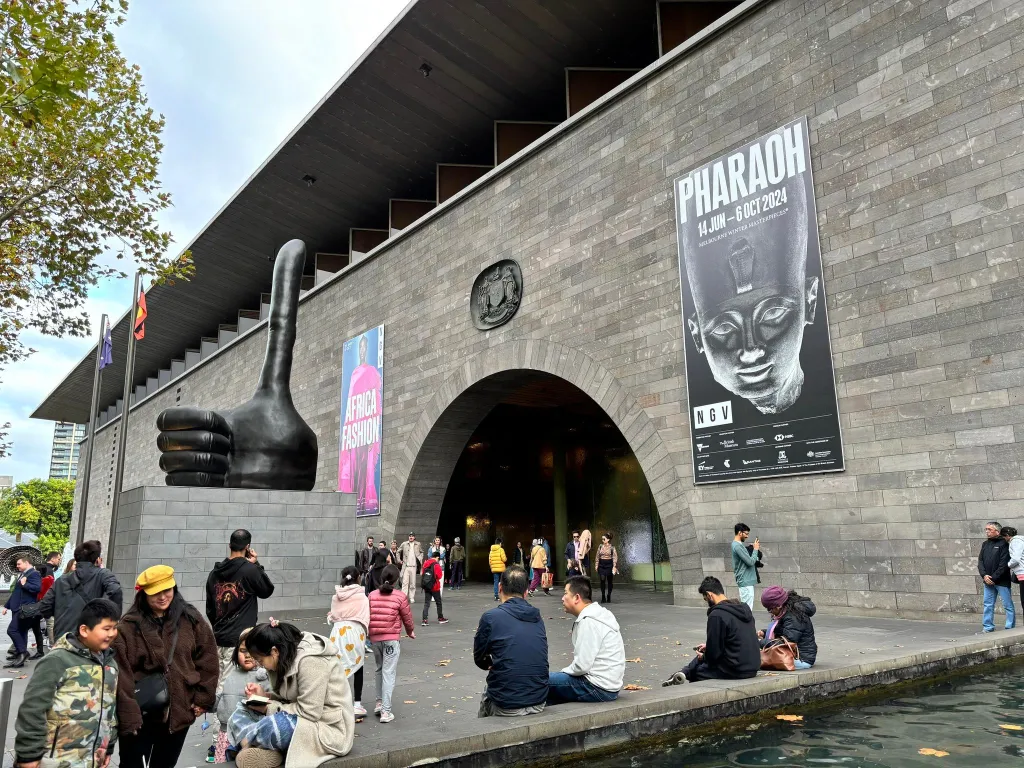
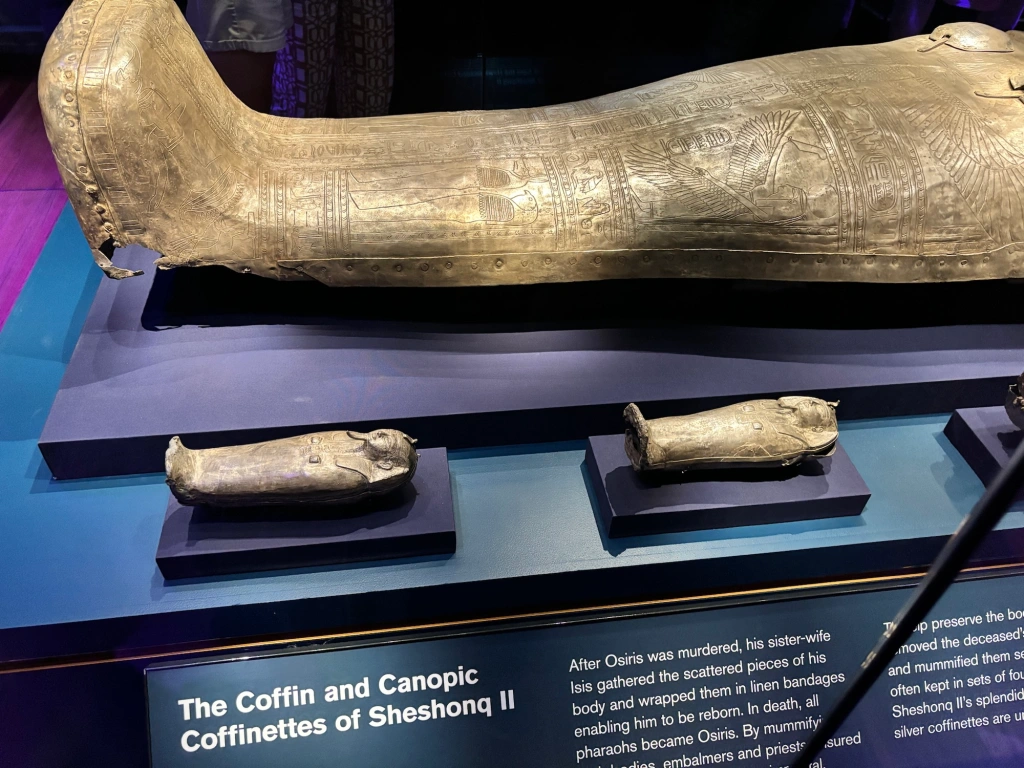


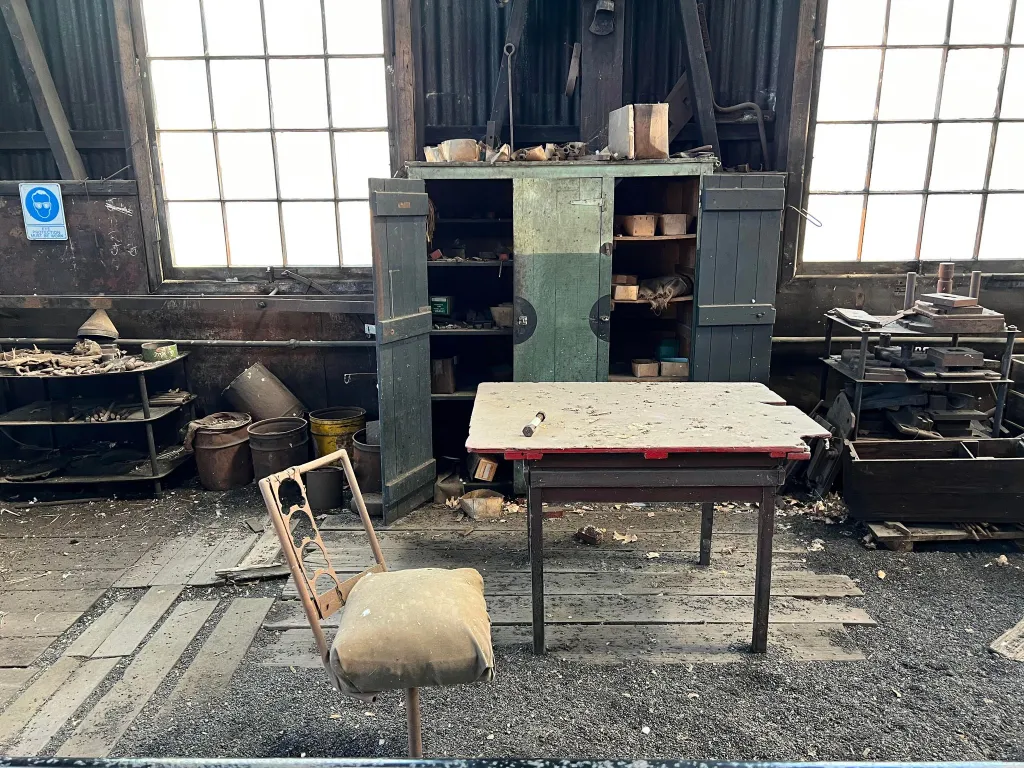
Leave a comment